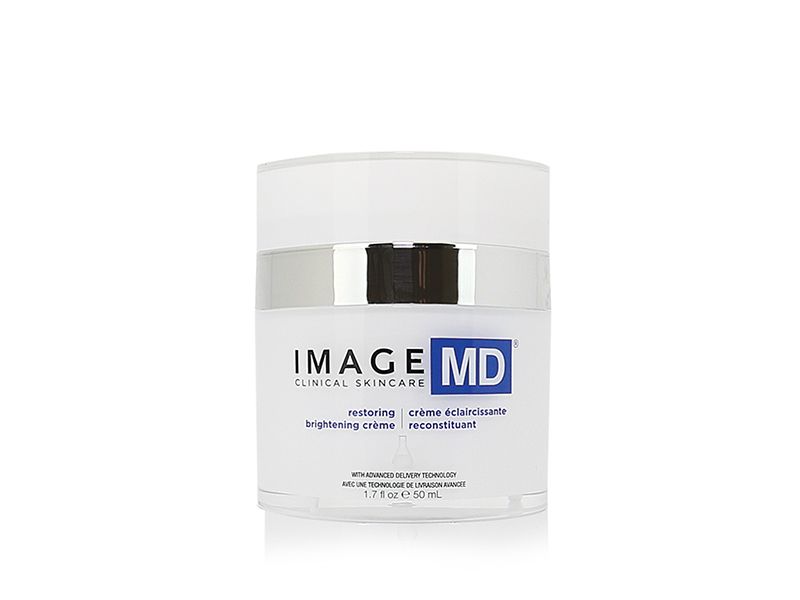Pigmentation




What? Hyperpigmentation can appear out of nowhere - one day you're in the sun, the next day you're ravaged by age spots of every shape and size. But whether you want to combat melasma, sun damage, or dark spots caused by blemishes, understanding the cause is ultimately key to preventing pigmentation abnormalities and choosing an effective treatment.
Hyperpigmentatie occurs when melanin - the pigment that gives skin color, is excessively produced in certain areas. This locally causes dark spots on the skin that are light brown to black in color and often vary in size and shape.
Freckles, age spots, and post acne spots are all examples of hyperpigmentation. While it can affect anyone, it is usually seen in medium to dark skin tones because dark skin has more melanin and is therefore much more prone to it. There are many different forms of hyperpigmentation, but for the most part they can be divided into three categories.
Hormonal: When estrogen is raised above normal levels, it can lead to melasma, which darkens large areas of the skin. Many women notice that dark spots appear during their pregnancy or after starting the contraceptive pill. In fact, it affects so many pregnant women (up to 90%) that it is commonly referred to as 'pregnancy mask'. The good news for melasma patients is that the condition often clears up on its own once estrogen levels are rectified - after birth or after hormonal contraceptives, for example. The bad news? It can take anywhere from a few months to a few years for it to disappear.
Post-inflammatory hyperpigmentation (PIH) is what happens after a pimple or wound has healed. It is essentially the skin's natural response to any injury that causes the skin to become inflamed. As the inflammation subsides and the lesion begins to heal, the skin can often produce too much melanin, which darkens previously damaged skin. PIH will improve over time (even if left untreated), but this can take anywhere from 3 months to 3 years depending on the severity of the pigmentation. In general, the more inflammation there is, the clearer the PIH will be.
Sun: This usually refers to age spots (or liver spots). This hyperpigmentation is caused by sun damage. Despite the name, age has nothing to do with the condition. Age spots also don't appear at the same time as the skin is affected. Often you will find that the sun damage you built up in the 1920s can show up in your 30s or 40s. That is why it is important to use a sunscreen every day from an early age.
All cases of hyperpigmentation are aggravated by sun exposure, so good sun protection is imperative!
Our best selling depigmentation products:
The complete cosmelan line from Mesoestetic and the Iluma Brightening products from Image Skincare!
Pigmentation
Categories
- All products
- IMAGE SKINCARE
- JULIETTE ARMAND
- MESOESTETIC
- New!
- Top Deals!
- Acne
- Retinol
- Cleansers/Toners
- Serums/Ampoules
- Creams/Moisturizers
- Sun Film/Protection
- Eye & Lip Care
- Meso - Age Element
- Meso - Cosmelan - Pigmentation
- Meso - Home Performance
- Meso - Mesoprotech
- Image - Iluma
- Image - Image MD
- 567

















